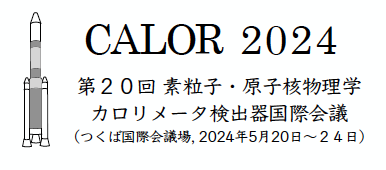Conveners
New technologies/New concepts 2
- Motoi Inaba (University of Tsukuba (JP))
Plastic scintillator detectors with 3D granularity and sub-ns time resolution are capable of simultaneous particle tracking, identification and calorimetry. Enhancing the performance of future detectors will necessitate larger volumes, possibly combined with even finer segmentation, making the manufacturing and the assembly processing prohibitive, time consuming, expensive and hard to control...
Lead tungstate (PbWO4) is an exceptional material for high-energy physics detectors, particularly in the construction of electromagnetic calorimeters. The combination of high density, fast decay time, good energy resolution, and radiation hardness makes lead tungstate an ideal material for electromagnetic calorimeters used in high-energy physics experiments.
We report a novel readout circuit...
The original dual-readout calorimeter prototype (DREAM), constructed two decades ago, has proven instrumental in advancing our understanding of calorimetry. It has facilitated a multitude of breakthroughs by leveraging signals from complementary media (Cherenkov and scintillation) to capture fluctuations in electromagnetic energy fraction within hadronic showers. Over the years, extensive...
Calorimetry is a fundamental technique in particle physics. It entails precisely measuring the energy of particles deposited during their interaction with detector materials, furnishing crucial insights into their properties and behavior. Recent breakthroughs in materials science,in achieving tunable and narrow emission bandwidths (∼20 nm) in nano-material scintillators containing quantum dots...
